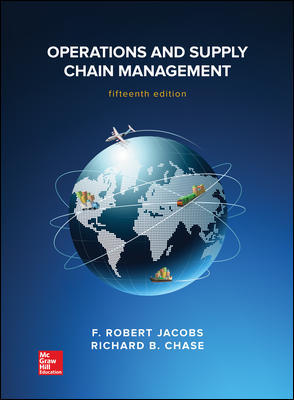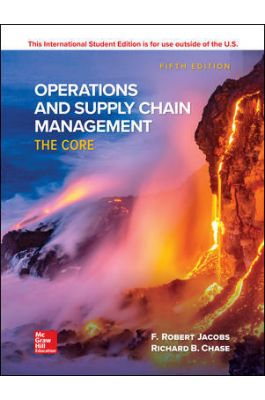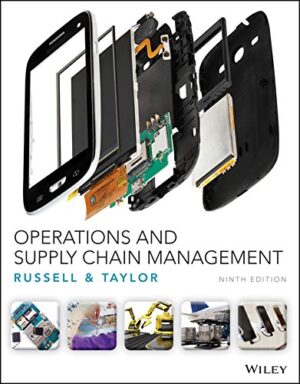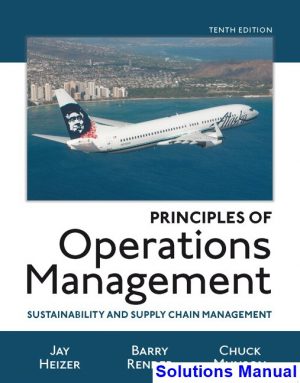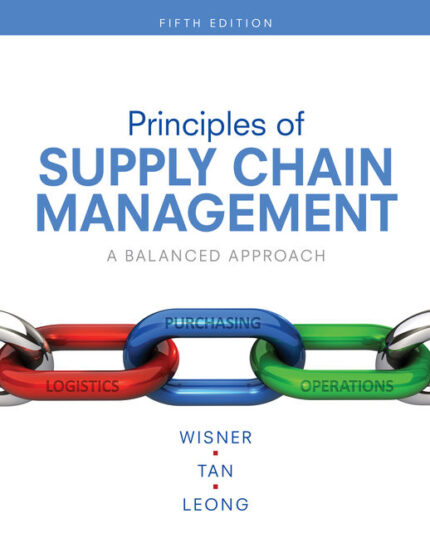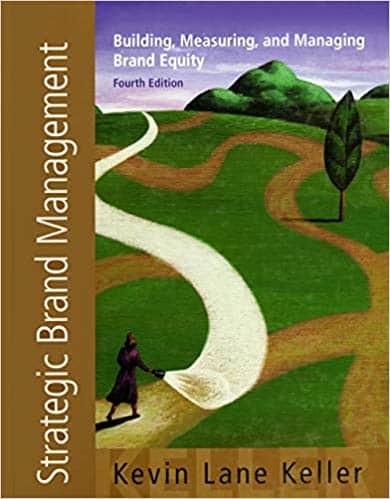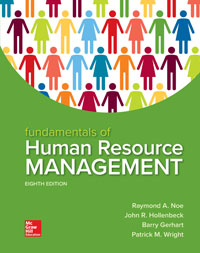Operations And Supply Chain Management The Core 4th Edition by F. Robert Jacobs – Test Bank
Do you need test banks fast? eTestBank.net is the best test bank website for you! Download your test bank right after you pay. No waiting!
Why eTestBank.net is Great:
✅ Instant Download:
Get your test bank right away after payment.
✅ Unlimited Downloads:
Download your test bank anytime and as many times as you want.
✅ 24/7 Live Help:
We are here to help you all day, every day.
✅ Guaranteed Delivery:
If you don’t get the download right away, we will send it to you in 3 to 6 hours.
How to Get Your Test Bank:
- Pick Your Test Bank: Choose from many test banks.
- Pay Safely: Pay securely on eTestBank.net.
- Download Instantly: Get your test bank immediately after payment.
- Download Anytime: Unlimited downloads whenever you need them.
Need Help? Contact Us:
📧 Email: [Support@etestbank.net]
📱 WhatsApp: [https://wa.me/message/MC222DLQ4GDXL1r]
Didn’t Get Your Download?
Don’t worry! If you don’t get the file right away, we’ll send it to you in 3 to 6 hours. Need it sooner? Contact us by email or WhatsApp.
💡 Buy now from eTestBank.net for instant downloads, unlimited access, and 24/7 support—get your test bank today!
1. Capacity can be defined as the ability to hold, receive, store, or accommodate.
TRUE
A dictionary definition of capacity is “the ability to hold, receive, store, or accommodate.”
AACSB: Reflective Thinking
Accessibility: Keyboard Navigation
Bloom’s: Remember
Difficulty: 1 Easy
Learning Objective: 04-01
Topic: Capacity Management in Operations and Supply Chain Management
- When evaluating capacity, managers need to consider both resource inputs and product outputs.
TRUE
When looking at capacity, operations managers need to look at both resource inputs and product outputs.
AACSB: Analytic
AACSB: Reflective Thinking
Accessibility: Keyboard Navigation
Bloom’s: Analyze
Bloom’s: Remember
Difficulty: 1 Easy
Learning Objective: 04-01
Topic: Capacity Management in Operations and Supply Chain Management
3. Capacity can be defined as the amount of available resource inputs relative to requirements for output over a particular period of time.
TRUE
Capacity is a relative term; in an operations management context, it may be defined as the amount of resource inputs available relative to output requirements over a particular period of time.
AACSB: Reflective Thinking
Accessibility: Keyboard Navigation
Bloom’s: Remember
Difficulty: 1 Easy
Learning Objective: 04-01
Topic: Capacity Management in Operations and Supply Chain Management
- The capacity utilization rate is found by dividing the best operating level by the capacity used.
FALSE
The capacity utilization rate is found by dividing the capacity used by the best operating level.
AACSB: Reflective Thinking
Accessibility: Keyboard Navigation
Bloom’s: Remember
Difficulty: 1 Easy
Learning Objective: 04-01
Topic: Capacity Planning Concepts
- The objective of strategic capacity planning is to provide an approach for determining the overall capacity level of labor-intensive resources.
FALSE
The objective of strategic capacity planning is to provide an approach for determining the overall capacity level of capital-intensive resources—facilities, equipment, and overall labor force size—that best supports the company’s long-range competitive strategy.
AACSB: Reflective Thinking
Accessibility: Keyboard Navigation
Bloom’s: Remember
Difficulty: 1 Easy
Learning Objective: 04-01
Topic: Capacity Planning Concepts
6. The objective of strategic capacity planning is to determine the overall capacity level of capital-intensive resources (including facilities, equipment, and overall labor force size) that best supports the company’s short-range competitive strategy.
FALSE
The objective of strategic capacity planning is to provide an approach for determining the overall capacity level of capital-intensive resources—facilities, equipment, and overall labor force size—that best supports the company’s long-range competitive strategy.
AACSB: Reflective Thinking
Accessibility: Keyboard Navigation
Bloom’s: Remember
Difficulty: 1 Easy
Learning Objective: 04-01
Topic: Capacity Planning Concepts
- The objective of strategic capacity planning is to determine the overall capacity level of capital-intensive resources (including facilities, equipment, and overall labor force size) that best supports the company’s long-range competitive strategy.
TRUE
The objective of strategic capacity planning is to provide an approach for determining the overall capacity level of capital-intensive resources—facilities, equipment, and overall labor force size—that best supports the company’s long-range competitive strategy.
AACSB: Reflective Thinking
Accessibility: Keyboard Navigation
Bloom’s: Remember
Difficulty: 1 Easy
Learning Objective: 04-01
Topic: Capacity Planning Concepts
- The best operating level is usually a multiple of the level of capacity for which a process was designed.
FALSE
(Best operating level) is the level of capacity for which the process was designed and thus is the volume of output at which average unit cost is minimized.
AACSB: Reflective Thinking
Accessibility: Keyboard Navigation
Bloom’s: Remember
Difficulty: 1 Easy
Learning Objective: 04-01
Topic: Capacity Planning Concepts
9. The best operating level is the volume of output at which average unit cost is minimized.
TRUE
(Best operating level) is the level of capacity for which the process was designed and thus is the volume of output at which average unit cost is minimized.
AACSB: Reflective Thinking
Accessibility: Keyboard Navigation
Bloom’s: Remember
Difficulty: 1 Easy
Learning Objective: 04-01
Topic: Capacity Planning Concepts


